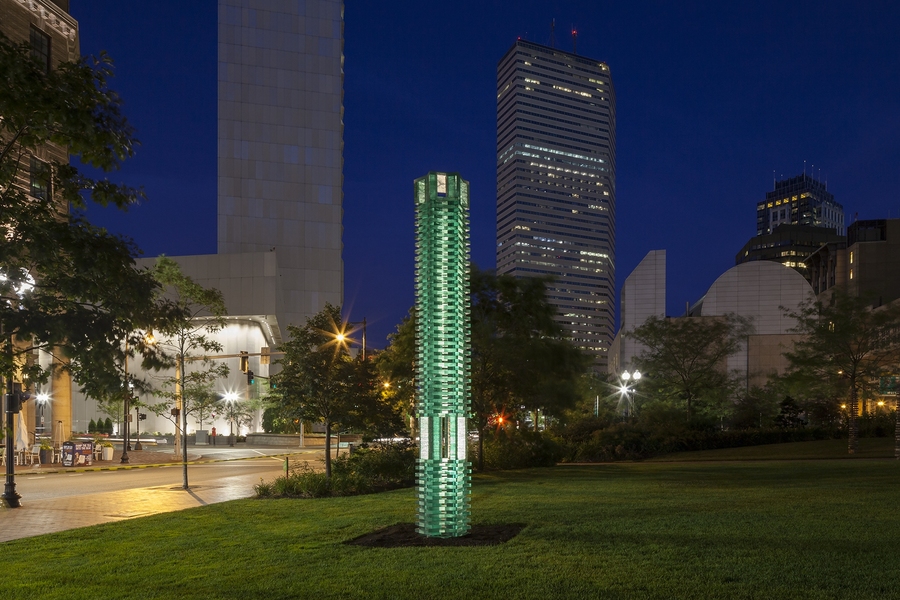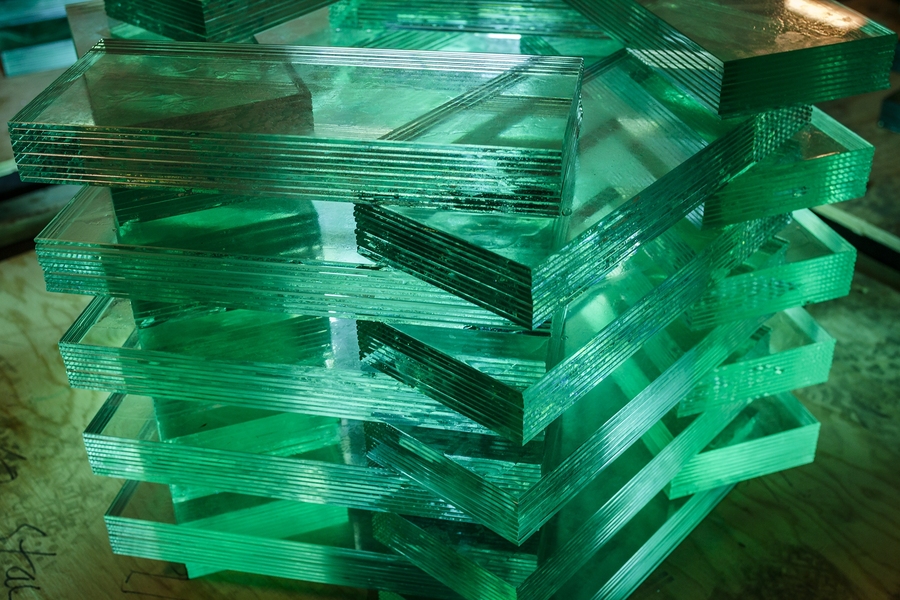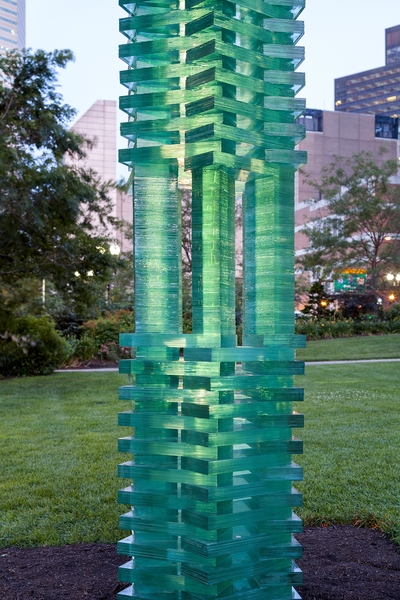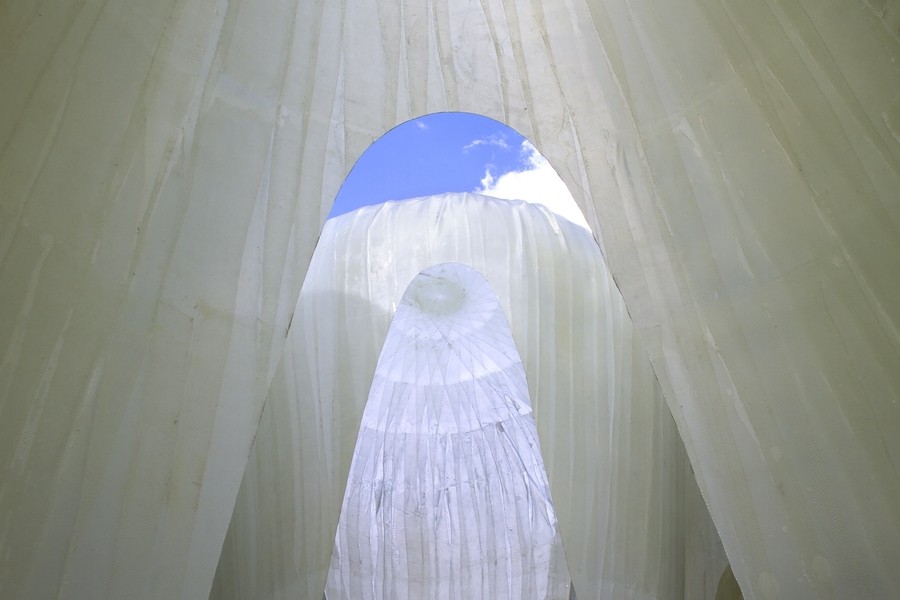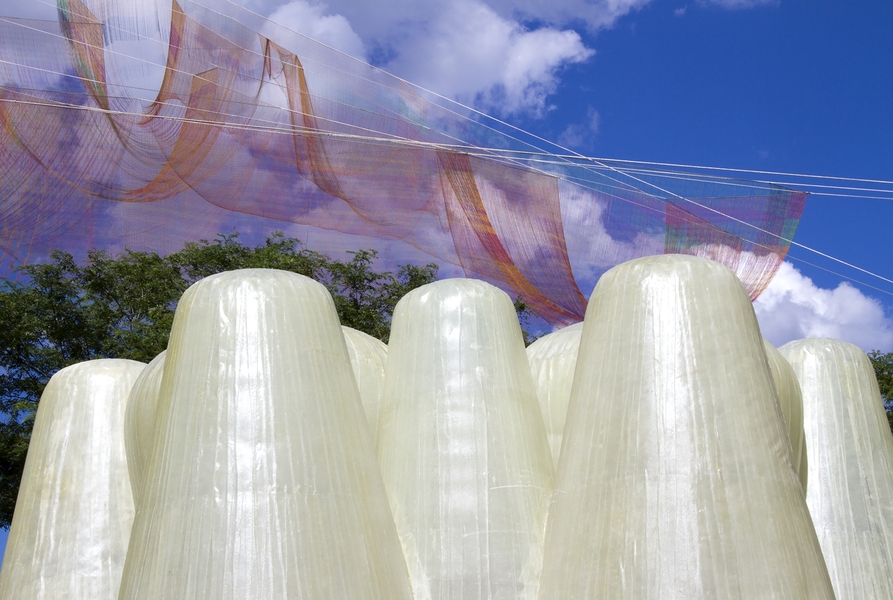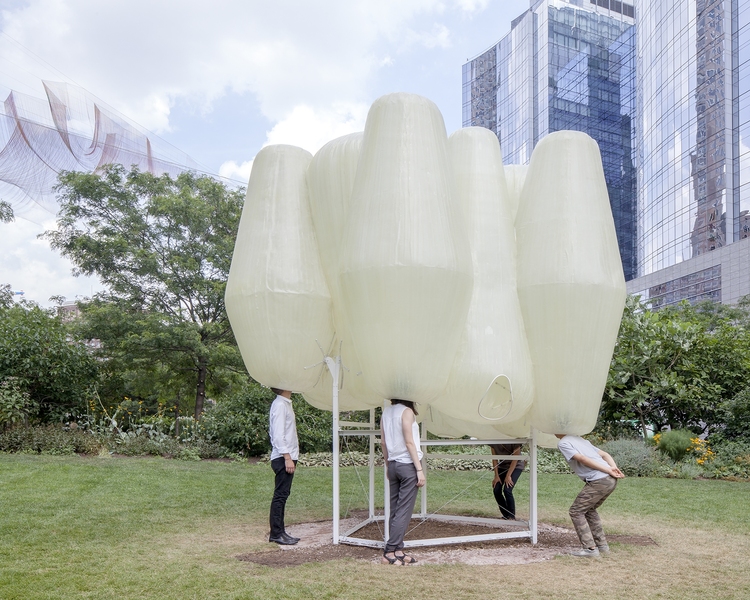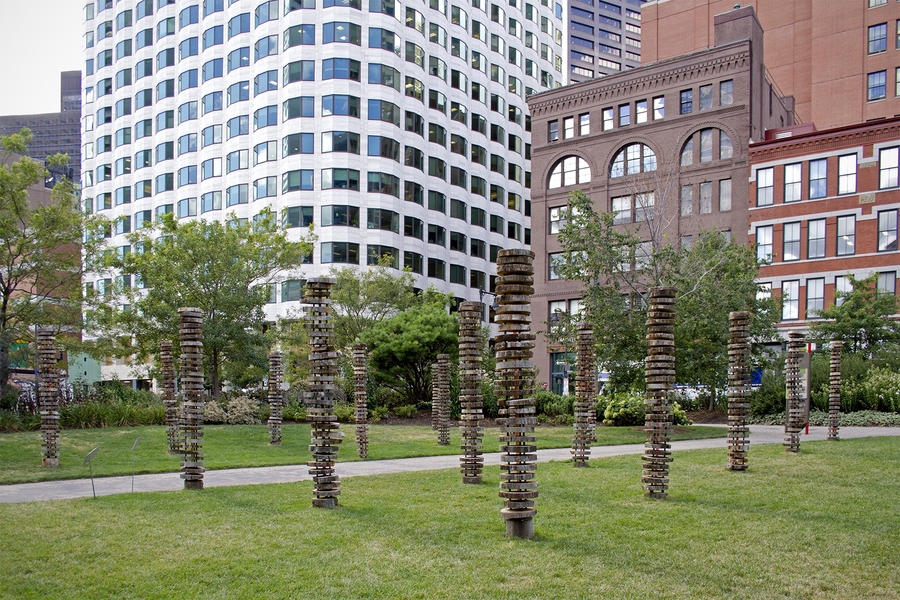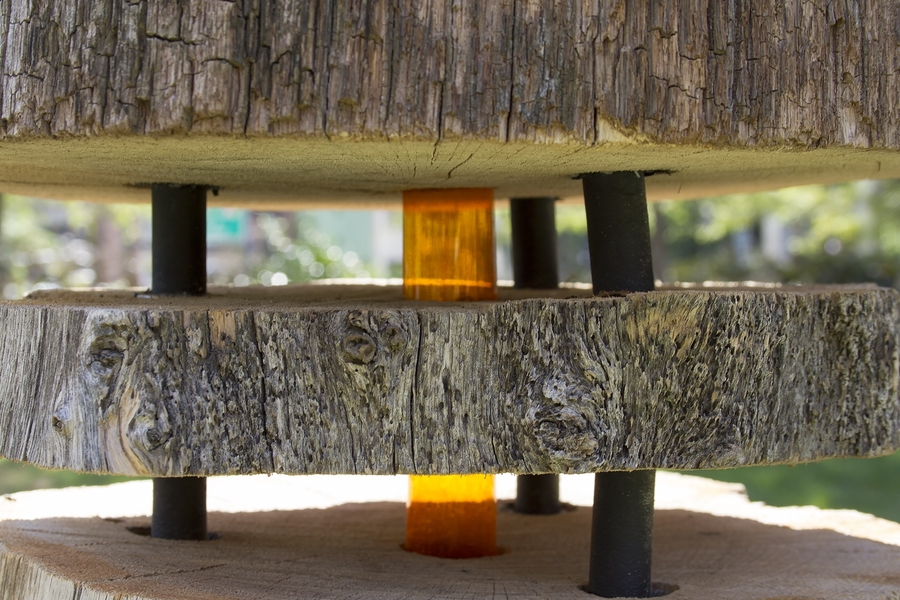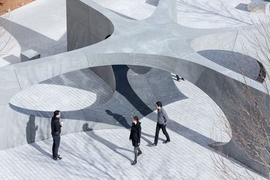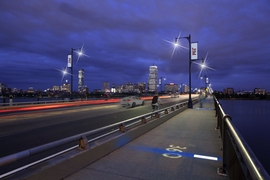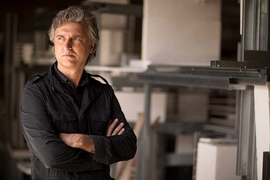Design firms headed by two faculty and one alumna of the School of Architecture and Planning were selected as winners of the 2015 Design Biennial Boston, which seeks to give emerging design practices from the Boston community an opportunity to test their ideas in a public venue.
Assistant Professor Joel Lamere, lecturer Cristina Parreño Alonso, and Marie Law Adams MArch ’06 submitted three of the four winning projects selected by the Biennial’s jurors for an exhibition and public installation on view through September 25 in downtown Boston.
“Boston has such a vibrant talent pool of designers, and these four installations remind us of how creative those designers can be when given opportunities,“ Boston Mayor Marty Walsh states in a release on the Biennial’s website. "I want Boston to be a municipal arts leader, and putting this type of exciting and thoughtful work into the public realm is what gets us closer to that goal.”
The MIT-related projects are:
- “Grove,” a series of chambers formed by inflated molds from Lamere’s design firm, GLD Architecture;
- “Tectonics of Transparency,” a 17-foot-tall tower fabricated from layers of glass from Cristina Parreño Architecture; and
- “Marginal,” a field of columns made from recycled oak pilings from Boston Harbor, by Adams’ design firm, Landing Studio.
An exhibition at BSA Space in Boston presents the ideas behind the projects, as well as previous design work from each of the winners. The four installations are located outdoors along Atlantic Avenue on the Rose Kennedy Greenway.
This year is the fourth cycle for the Design Biennial. The program's 2012 winners included two other faculty from the School of Architecture and Planning: Assistant Professor Ana Miljacki and lecturer Brandon Clifford.
View the slideshow above to see images of the MIT-related projects and to learn more about the designers.
